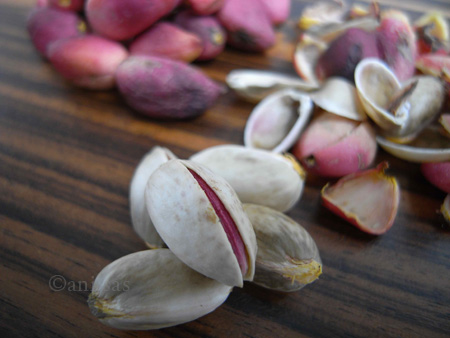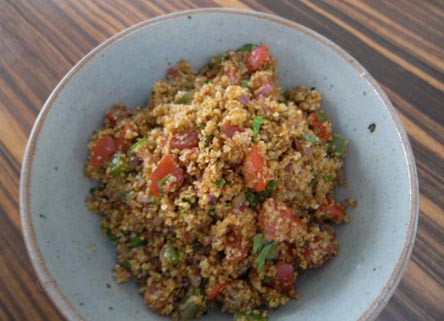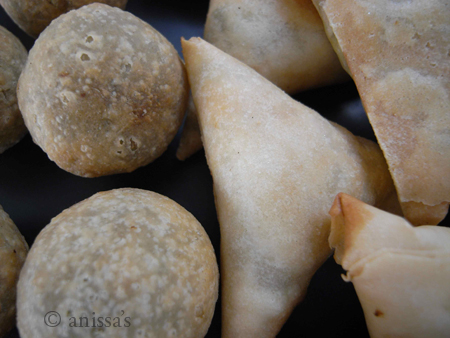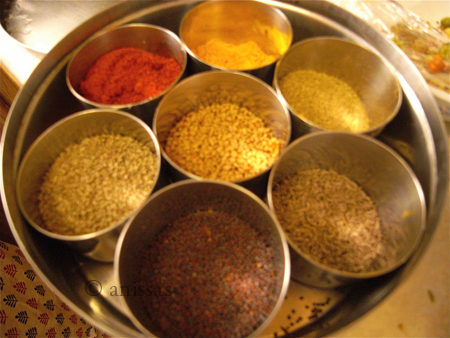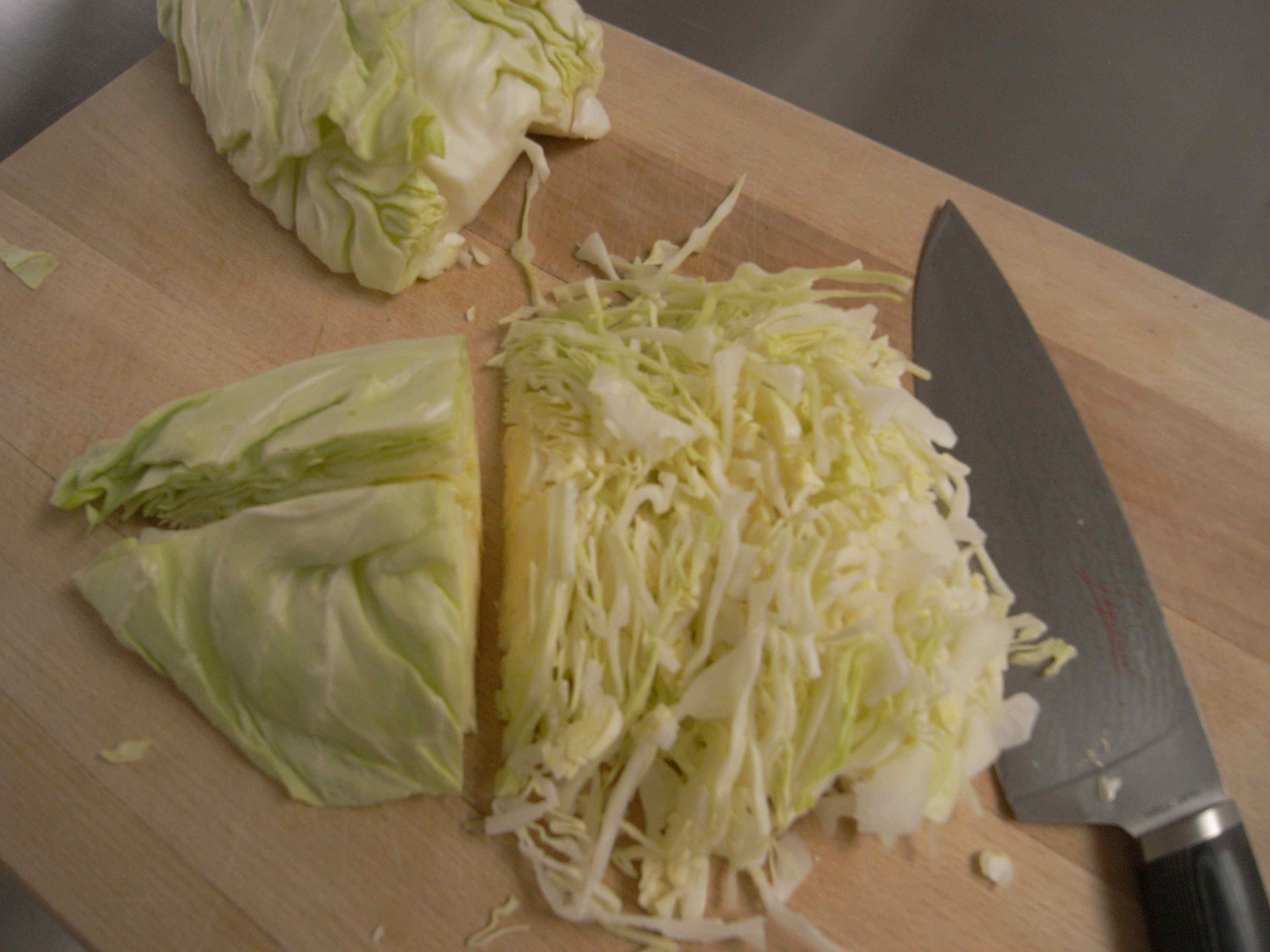20 Aug
I had some friends over for a Lebanese dinner last night and as usual, I went to Zen on Moscow Road to do my shopping. It’s my favourite Lebanese shop in London, owned and run by three charming brothers who are incredibly friendly and attentive. It is very rare that I have to wait to get served there but this time it was different. There was a lady there, wearing the most impossibly high heels with mid-calf white leggings. She seemed to be a regular client and a flashy one at that judging by her fancy mercedes parked in front of the shop (as if her clothes did not give that away), and she was happily chatting away to Mario, the younger brother, while filling a large bag with fresh pistachios — the season is just starting. I kept making faces at him behind her back, not only to see if he could rush her but also to stop her from taking all the pistachios but she was going on and on, and Mario was too polite to say anything. I thought she would never stop. She did eventually and thankfully, she left some pistachios which I pounced on before someone else did.
She paid and got into her mercedes, and I finished my shopping and went back home, tucking into my fresh pistachios on the tube, leaving some for my guests of course. They were all curious about them, having never seen fresh pistachios before and naturally, they loved them. Apart from being great just as a snack or with drinks, they are also lovely added to a fruit compote or a fruit salad. The only problem with the latter is that if you are greedy like me, you won’t be able to stop eating them while shelling them. Totally irresistible.
14 Aug
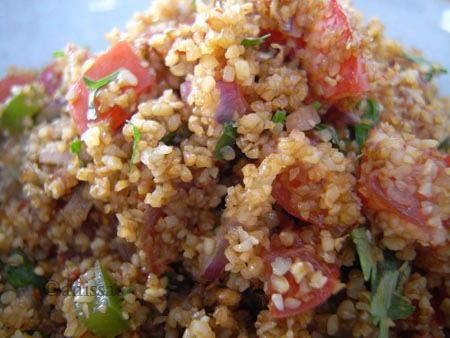
Close-up of kissir — the burghul here is even finer than the one i buy in London. I got it in Aleppo and the cook who buys it for me calls by a special name which I forgot just now!
You remember my recent post on tabbuleh and what is or isn’t the right amount of burghul? Well, I am almost sure that Kissir, a Turkish salad where the main ingredient is burghul, is why people get tabbuleh wrong. Someone must have given a recipe for kissir as tabbuleh and the misinterpretation stuck until recently that is, when some writers and chefs started using less burghul and more parsley, although still not getting the ratios quite right, at least by Lebanese standards. In any case, Kissir has hardly any parsley, a lot of tomatoes, a fair amount of onion and a tiny amount of green pepper for crunch. You can season it with lemon juice or pomegranate syrup — I prefer the latter — and the main spice is Aleppo pepper, or Isot biber, (also known as Urfa biber but this will have to be a whole new post), the Turkish equivalent. Of course, there are lots of variations. Mine is an adaptation from a recipe out of Nevin Halici’s Turkish cookbook, one of my favourites. It is sadly out of print but try to get it on one of the used books sites if you can. You’ll love it. Kissir is just as moreish as tabbuleh, and the advantage is that it is much quicker to make: 15 minutes flat from beginning to end. Here is a whole picture of the salad and a recipe. Enjoy.
Kissir
Turkish Burghul Salad
Serves 4-6
200 g fine burghul
200 ml boiling water
2 small spanish onions, very finely chopped
5 medium firm ripe tomatoes (about 500 g), deseeded, diced into 1 cm square cubes
1/2 small green bell pepper, deseeded and diced small
few sprigs flat-leaf parsley, most of the stalk discarded, finely chopped
4 tablespoons extra virgin olive oil
1 teaspoon Aleppo pepper
1 1/2 tablespoons pomegranate syrup, (or 3 tablespoons lemon juice)
sea salt to taste
1. Put the burghul in a large mixing bowl and stir in the water a few spoonfuls at a time. Cover with a kitchen towel and let sit for 15 minutes.
2. When the time is up, add the onion to the burghul and mix well. Add the other ingredients together with the seasonings. Mix well. Taste and adjust the seasoning if necessary. Serve immediately.
8 Aug
I have been going to my local newsagent now for 10 years and am friends with the whole family: I speak French with the two adorable young boys, commiserate with the pretty young wife whose dream it is to return to India, discuss local affairs with Dip, her husband, and talk about anything and everything with his charming parents, Mr & Mrs Patel. Their shop is like any other newsagent’s except for what is inside one small hot cabinet: Mrs Patel amazing home-made samosas and kachoris (balls of dough filled with a spicy pigeon peas mash).
And because the Patels are from Gujarat, neither the kachoris nor the samosas have any onion or garlic in them, an important detail for a dear friend who can’t eat either. So, one evening, when I was seeing her for dinner at another friend, I took some with me. Naturally they were a great success, especially with an Indian friend who was also there and who immediately knew the kashoris were from Gujarat and asked if Mrs Patel also made khandvi (spicy pasta rolls). So, I suggested he come over to me and I’d get Mrs Patel to make us some as well as other Gujarati specialties. And because Fuchsia Dunlop was also coming that evening, we decided to have a mix & match dinner: Gujarati starters from Mrs Patel, a Lebanese salad or two by me and a Sichuanese chicken salad and an aubergine dish by Fuchsia. And, I took advantage of the occasion to go watch Mrs Patel cook. Here are a few photos of her in action.



Mrs Patel oiling the tray in which the dhokra (spicy sponge cake) would steam; spooning the dhokra mix into the tray; sprinkling cayenne pepper on the dhokra mix



Putting the pigeon pea filling on the disk of dough; sealing the dough over the filling; rolling the kashori ball
Sadly, I didn’t think to photograph Fuchsia’s dishes. They were delicious. The salad I made is the white tabbuleh in my previous post and I served a Chateau Musar 1999, which was a perfect match for all those strong flavours. We finished with my own blackberry ice cream and unlikely as it sounds, all the dishes worked fantastically well together. Now I must think of more mix & match combinations.
4 Aug
Last Saturday, Yotam Ottolenghi published a recipe for tabbuleh in his Guardian column, the new vegetarian, saying there is a right way and a wrong way to make tabbuleh, which is true. For far too long tabbuleh has been made the wrong way both in Europe and in America. But as much as I like Yotam’s food, his version of tabbuleh still has too much burghul in it. Of course, there are variations. Some families use more burghul than others, but a typical Lebanese tabbuleh (one of the very few national dishes we have) has very little burghul indeed, normally 5% of the amount of tomatoes and less than 10% the amount of parsley. Here is what a typical tabbuleh from the Lebanese mountains looks like. This one was made by my mother when we were shooting the pictures for my Lebanese cookbook, fifteen years ago now which explains why the picture looks a little dated.
But more interesting, at least for me, is white tabbuleh. I first came across the recipe for it when I was researching my Lebanese cookbook. I found it in a book on Lebanese cooking by Ibrahim Mouzannar, who happened to be related to a friend of mine. I was intrigued although not enough to want to find out more, not until a couple of years ago that is, when I wrote Modern Mezze and decided to include Mouzannar’s recipe for white tabbuleh. By then, he had died and no one was able to tell me where his white tabbuleh came from: if it was a regional variation, a seasonal one, or his own creation. I asked his daughter and his brother but neither could help. And to think that I could have easily met him and asked him myself. In any case, it is a great salad and it is called white because the parsley is replaced with cabbage. Otherwise, the remaining ingredients are the same, although the ratios are different.
And the method is fairly similar. The cabbage is thinly shredded, the mint and onion finely chopped and the tomatoes diced except that I prefer to use quartered cherry tomatoes because they look prettier with the cabbage.
The spices are different though. Whereas regular tabbuleh is seasoned with cinnamon and allspice, the white version is seasoned with paprika only. I didn’t like the idea of paprika and decided to use Aleppo pepper instead, which gives the salad a nice kick. The lemon juice and olive oil are the same and here is the final result, a scrumptious and supremely healthy salad that is almost as good a day later.

I am still trying to find out more about this white tabbuleh. So, please write to me or leave a comment if you know anything about it. Until then, here are the recipes for both ‘green’ and white tabbuleh. Each recipe serves 4 to 6, depending on the appetite.
White Tabbulé (Tabbuleh Baidah)
100 g fine burghul
1 pointed organic white cabbage, weighing about 500 g, outer damaged leaves discarded, shredded very fine
100 g spring onions, trimmed, thinly sliced
200 g fresh mint, leaves only, chopped medium fine
400 g firm ripe cherry tomatoes, quartered
juice of 1 lemon, or to taste
100 ml extra virgin olive oil
½ teaspoon Aleppo pepper
sea salt
1. Rinse the burghul under cold water. Drain and set aside to let it fluff up — stir the burghul with a fork every now and then to separate the grains.
2. Put the cabbage, onion, mint and tomatoes in a large bowl. Add the burghul, lemon juice and oil. Season with the Aleppo pepper and salt to taste. Mix well. Taste and adjust the seasoning if necessary. Serve immediately.
© Anissa Helou — from Modern Mezze
Tabbuleh
30 g fine burghul
600 g firm ripe tomatoes, diced into small cubes
50 g spring onions, trimmed and very thinly sliced
400 g flat-leaf parsley, most of the stalk discarded, very finely chopped
70 g mint, leaves only, very finely chopped
1/4 teaspoon ground cinnamon
1/2 teaspoon ground allspice (or Lebanese seven-spice mixture)
1/4 teaspoon finely ground black pepper
salt to taste
juice of 1 lemon, or to taste
150 ml extra virgin olive oil
4 gem lettuce, washed and quartered
1. Rinse the burghul in several changes of cold water. Drain well and put in a bowl. Stir it with a fork every now and then to help fluff it up.
2. Put the diced tomatoes in a bowl and set aside while you prepare the onion and herbs. A word of warning: do not chop the herbs with a mezzaluna. This will only bruise them. Instead, use a razor sharp knife and gather as much as you can handle in a bunch and slice them very thin to end up with nice, crisp thin strips.
3. Drain the tomatoes of their juice and put in a large bowl. Add the spring onion and herbs. Sprinkle the burghul all over. Season with the cinnamon, allspice and pepper. Add salt to taste. Add the lemon juice and olive oil and mix well. Taste and adjust the seasoning if necessary. Serve immediately with the quartered gem lettuce.
© Anissa Helou — from Modern Mezze or Lebanese Cuisine


